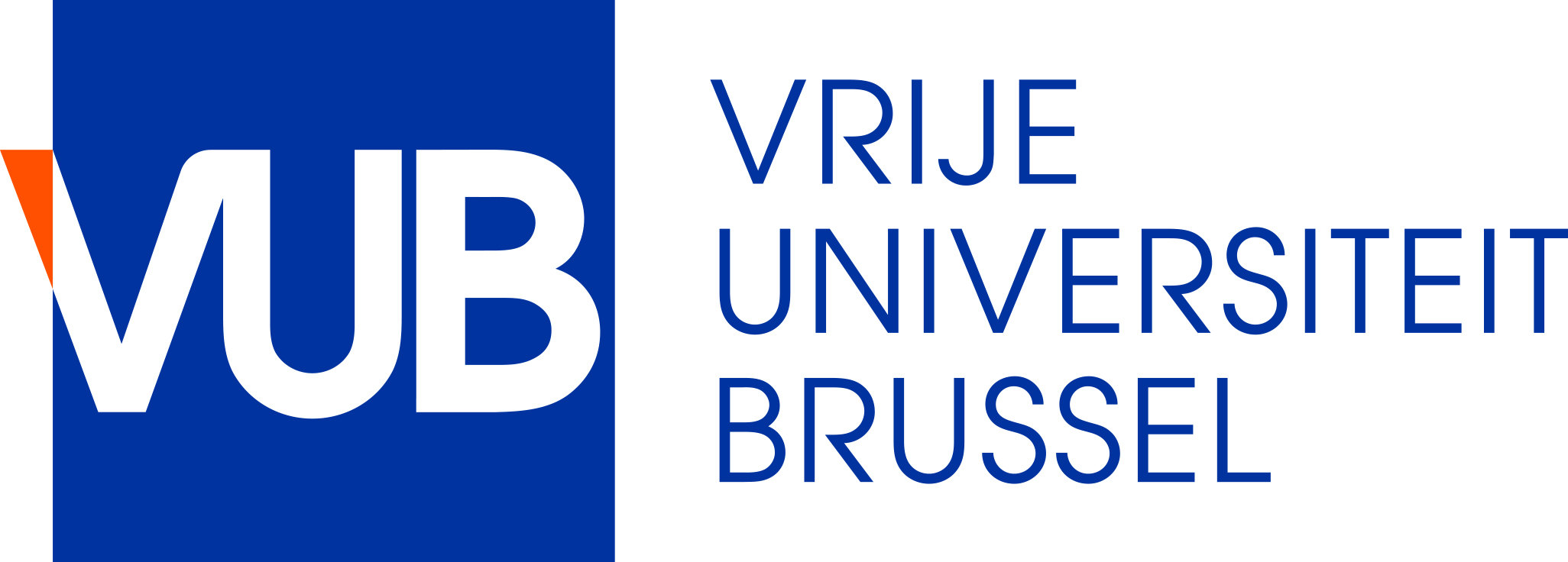Meet the jury: Is the human hand mostly “primitive” or has significant adaptive evolution occurred in the hominin lineage?, Prof. dr. Caley M. Orr, University of Colorado, Denver
You are kindly invited to the Meet the jury lecture:
Is the human hand mostly “primitive” or has significant adaptive evolution occurred in the hominin lineage?
by Prof. dr. Caley M.Orr
Department of Cell and Developmental Biology, Aurora, CO USA
Department of Anthropology, University of Colorado Denver, Denver CO USA
Though there have been considerable advances in our understanding of the basic comparative functional anatomy of the hand in humans and other living primates, the broader significance of these findings for reconstructing adaptive processes in human evolution remains unclear. It is generally assumed that the human hand is distinctively adapted to provide enhanced manipulative abilities and to facilitate intensified tool making and use.
However, testing this hypothesis requires demonstration that
1) traits are linked mechanically to the proposed tasks; and
2) they evolved specifically for those behaviors and were not simply coopted for them (as evidenced by their phylogenetic distribution).
Unfortunately, the evolutionary polarity of many traits (i.e., which are primitive and which are derived) is not always clear based solely on comparisons to closely-related extant taxa such as chimpanzees.
Further, many early hominin fossil taxa that lack associated archaeological evidence of intensified tool behaviors exhibit rather “derived” features shared with modern humans (e.g., a long thumb relative to palm and finger length). Therefore, to what degree can we say that the hominin hand experienced adaptive evolution subsequent to our lineage’s split with chimpanzees and bonobos?
This talk will discuss a few “case studies” investigating the functional anatomy of the early hominin hand and wrist. It will be argued that even though morphology observed in the genus Pan may not represent the precise “starting point” from which hominins diverged, some distinctive aspects of wrist and hand function in hominins are probably uniquely derived with origins resulting from evolutionary adaptation to enhance manipulative ability.
Venue: room IICK 00.21, Campus Kulak KU Leuven, Etienne Sabbelaan 53, 8500 Kortrijk
Time: 10:30am CET (UTC +01:00)
Registration for live meeting or livestreaming: please register online before 18 September via REGISTRATION
Info: kulak<dot>anatomie<at>kuleuven<dot>be
PRACTICAL INFO
-
DATE19 September, 2023
-
LOCATION
 Campus Kulak KU Leuven
Campus Kulak KU Leuven
Etienne Sabbelaan 53
8500 Kortrijk
IICK 00.21 Meet the jury Prof. Caley M. Orr
Meet the jury Prof. Caley M. Orr
-
TARGET GROUPPhD postdoc ZAP
-
LANGUAGE EVENTENGLISH




